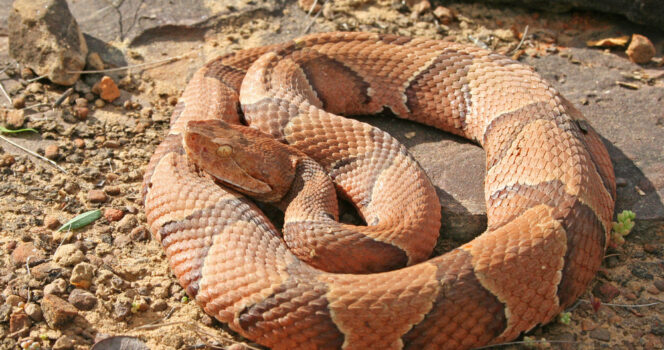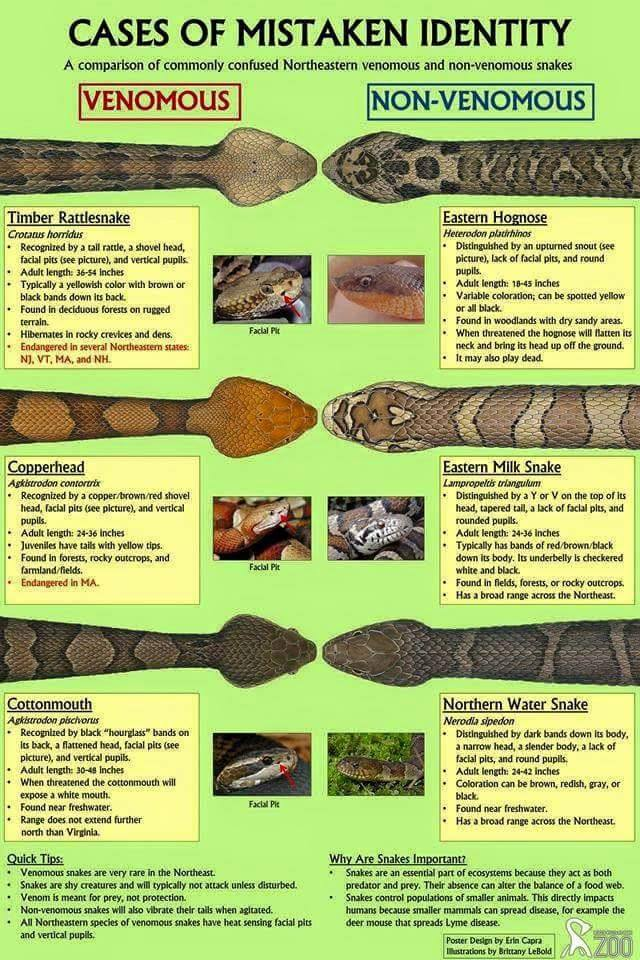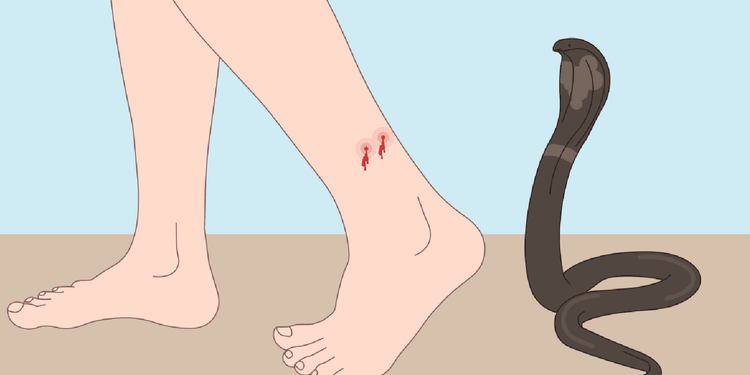Don’t Panic—React Smart: Why Snake Bite Knowledge Matters
Let’s face it — just the idea of a snake bite can send chills down your spine. But if you ever find yourself in that moment, standing frozen while a snake slithers away and you feel that sudden sharp sting, knowledge is your best weapon. Because the truth is, what you do in the next few minutes could be life-saving — for you or someone else.
And no, sucking out the venom like they do in old Westerns is not part of the plan. Let’s break down the real facts about snake bites, how to recognize the signs, and the critical first aid steps that can make all the difference.

Understanding the Danger: Not All Snakes Are Venomous
Here’s some good news: most snake bites in the U.S. aren’t deadly. In fact, around 80% of snakes in North America are not venomous. Still, you don’t want to take your chances — because when a venomous snake strikes, things can turn serious, fast.
Know Your Venomous Snakes in the U.S.
Venomous species to watch out for include:
- Rattlesnakes
- Copperheads
- Cottonmouths (Water Moccasins)
- Coral Snakes
Most venomous snakes in the U.S. are pit vipers. They’ve got triangular heads, vertical pupils, and heat-sensing pits between the eyes and nostrils. The coral snake is an exception — it has round pupils and bright bands of red, yellow, and black. (Remember the rhyme: “Red touches yellow, kill a fellow.”)
Video: What Happens When a Snake Bites You? 🤔
Common Snake Bite Symptoms: What to Watch For
Most snake bites happen on the upper body — usually arms or hands — and most of the time, it’s because someone didn’t see the snake or got too close.
Nonvenomous Snake Bite Signs
These are the “lucky” bites. They may hurt, sure, but they’re rarely dangerous. Look for:
- Mild pain or burning
- Redness or swelling
- Small puncture wounds or scratches
You’ll probably feel sore, but unless there’s infection or an allergic reaction, it’s manageable.
Venomous Snake Bite Symptoms
This is where things get intense. If the snake is venomous, signs usually show up quickly:
- Immediate pain at the bite site
- Swelling and bruising spreading from the bite
- Nausea or vomiting
- Difficulty breathing
- Weakness, confusion, or a strange metallic taste in your mouth
Some venoms (like from coral snakes) attack the nervous system instead of tissue. These symptoms can sneak up on you:
- Drooping eyelids
- Slurred speech or trouble swallowing
- Tingling or numbness
- Muscle weakness or paralysis
Bottom line: if you’re not sure whether the snake was venomous — treat it like it was. Don’t wait for symptoms to get worse.

Dry Bites: When There’s No Venom
Yes, some snake bites are “dry.” That means the snake bit you but didn’t inject venom. You’ll still need to be checked out — because even without venom, a bite can get infected or cause stress-related symptoms.
First Aid for Snake Bites: What You Should Do
If a snake bites you (or someone nearby), don’t waste time guessing what to do. These five steps are backed by experts — and they save lives.
Video: Learn first aid gestures: Snake Bite
1. Stay Calm and Still
Sounds impossible, right? But the calmer you are, the slower your heart beats — which means venom spreads more slowly. Try to keep your breathing steady. The more you panic, the worse it gets.
2. Call for Help Immediately
Dial 911 or get to an emergency room ASAP. Don’t try to “tough it out.” You need antivenom and medical support — and the clock is ticking.
3. Keep the Bite Site Still and Lower Than the Heart
Movement speeds up the spread of venom. Try to immobilize the bitten limb and keep it below heart level. If you can, rest it on something — or gently tie it to a splint to reduce motion.
4. Remove Tight Items Near the Bite
Swelling happens fast. Take off rings, bracelets, watches, or tight clothing from the affected area to prevent restricted blood flow.
5. Identify the Snake — Safely
Don’t go hunting it down, but if you safely can, snap a quick photo or remember its colors and shape. That info helps doctors choose the correct antivenom. But your safety comes first — never chase the snake.

What Not to Do After a Snake Bite
There’s a lot of misinformation out there. Here’s what to absolutely avoid:
- Don’t suck the venom out — That’s Hollywood nonsense and can actually cause more harm.
- Don’t cut the wound — It won’t help and just increases infection risk.
- Don’t apply ice or tourniquets — Ice can cause tissue damage and tourniquets cut off circulation dangerously.
- Don’t give alcohol or caffeine — These can speed up your heart rate, making things worse.
- Don’t try to catch or kill the snake — You could end up with another bite or waste precious time.
Snakes Aren’t Out to Get You — But Be Ready Just in Case
Here’s the truth: most snakes would rather avoid you than bite you. They strike when startled or cornered. If you’re hiking, wear boots and long pants. Watch where you step and don’t stick your hands into places you can’t see.
And if you ever do get bitten, don’t freeze or panic. You now know exactly what to do — and what not to do — to protect yourself and others.
Conclusion: Snake Bites Are Scary, But Knowledge Is Power
Whether you’re deep in the woods or just doing yard work, being prepared for a snake encounter can make all the difference. Most bites aren’t deadly — but they can be if handled the wrong way. Staying calm, acting fast, and knowing the symptoms can literally save a life.
So don’t wait until it happens. Share this info with your friends and family. Because when it comes to snake bites, knowing what to do is half the battle — and possibly the key to survival.